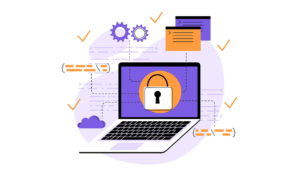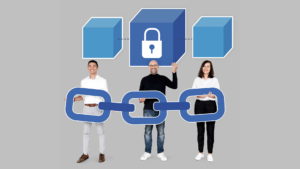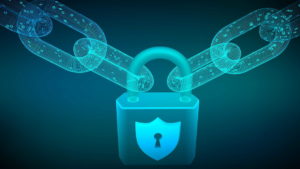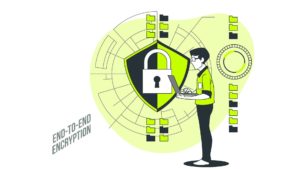End-to-end encryption is one of the incredible ways to keep information private and secure in the contemporary digital and technical environment. This is an effective method for safeguarding security and privacy online, guaranteeing the confidentiality of data from prying eyes.
Understanding this important concept begins with accepting the value of digital privacy and security. Just like we see thefts, stealing, and spying happening in the offline world, the same threats are also online that people are gradually becoming aware of.
However, acceptance is the key and it comes with accepting the security first rule online too.
Our information travels online and we save files, exchange emails, or have conversations with friends. Images, videos, bank details, or other important documents are also exchanged online using different social media or digitally connected platforms.
Therefore, the concept of End-to-End information cyphering works to protect the valuable information of users so that it does not get accessed, tracked, or manipulated.
End-to-end encryption what is it?

This E2EE method is for safeguarding communication where only the users involved can read the messages. A person who sends the messages and the person who receives them can only see the context of what is sent. No other person and not even the messaging services can access it.
Furthermore, when a communication is sent through end-to-end encryption, it is first encoded into a secret code and then sent from your device. This procedure is referred to as encryption. The communication is reassembled into its original form once it reaches the intended receiver. This procedure is referred to as decryption.
Simple putting;

- Using encryption, your device converts a message, you write, into a code.
- In Transmission Using the Internet, the coded message is sent.
- Using Decryption, The code is converted back into the original message on the recipient’s device.
Because end-to-end encryption protects your data and keeps it private, it is essential and plays an incredible role.
Isn’t it magical the messages are only visible to you and the intended recipient?
Moreover, it protects your communications from unauthorized access attempts by unwanted access or third parties.
Are end-to-end encryption and encryption the same thing?
There are differences between True E2EE and Encrypted Communications
While many messaging services offer real E2EE, many use encryption to safeguard data during transmission.
Data is transformed into a code through the process of encryption to watch against unwanted access. It certifies that only the right decryption key holder can read information. There are numerous applications for encryption and phases at which data transit or storage can occur.
Data-at-Rest Encryption: This type of encryption protects data that is kept on devices such as hard drives or cloud storage, even if physical storage is hacked.
Data-in-transit encryption: This encrypts information while it is sent between networks. Common protocols that secure data transferred over the Internet are Secure Sockets Layer (SSL) and Transport Layer Security (TLS).
End-to-End Encryption: This kind of End-to-End encryption encrypts data on the sender’s device and decrypts it only on the recipient’s device. This implies that only the communicating users will be able to decode and read the data during its full transit across the Internet or other networks.
When discussing End-to-End Encryption, The encryption keys are unique to the sender and the recipient. The data cannot be decrypted, not even by the servers or service providers processing it.
Furthermore, there is security first with High Privacy. Data cannot be read without the decryption key due to E2EE’s security measures, which prevent data from being intercepted or viewed by a third party during transmission.
Several messaging apps like xPal Secure Messenger use this to protect messages.
Why is End-to-End Encryption necessary for privacy?
Fully Encrypted communications from end to end are important Because they prevent unwanted access to sensitive information and guarantee that only the intended receivers can view the data.
Encryption is essential for maintaining privacy and data security. The following are the main justifications for why encryption matters for privacy:
If the data is not encrypted, anyone who has access to it can read it, which could result in fraud or identity theft.
Communication channels are secured by encryption, ensuring the privacy of discussions. Encryption keeps prying eyes from seeing the content of your conversations.
Encrypted data is safe even in the case of a data breach. Cybercriminals will not be able to read the content without the decryption key, even if they manage to access encrypted files or chats.
Furthermore, Encryption is essential for businesses and organizations to protect sensitive data, including client information, trade secrets, and internal communications.
Data integrity and privacy are both guaranteed by encryption. Since encoded data is difficult to change without being noticed, it is guaranteed to be accurate and reliable.














